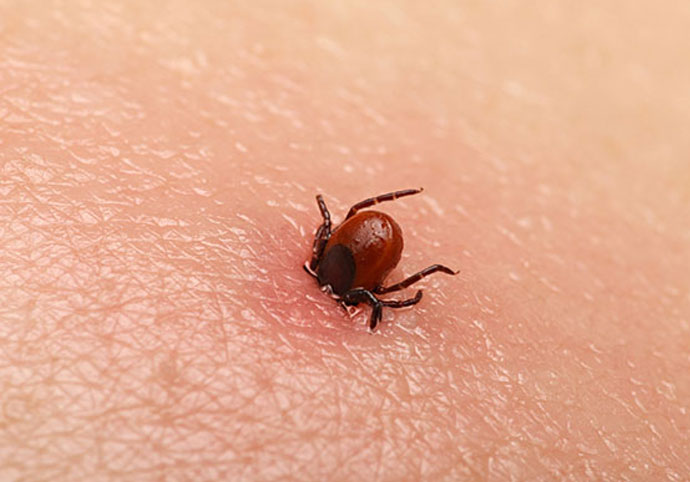The number of confirmed Lyme disease cases in the US is growing and it’s excepted 2018 to be a really risky year for Lyme.
“Reported cases of Lyme have tripled in the past few decades and today, we think that the true burden of Lyme disease in the U.S. is about 300,000 cases each year,” explains epidemiologist Kiersten Kugeler at the Centers for Disease Control and Prevention.
Lyme disease is spread by blacklegged ticks and causes arthritis and flu-like symptoms. Ticks can be really small and mostly get attached behind the ears, armpits, groin area and on the scalp. Check these areas every day, especially if you live in areas with Lyme.
Here’s what you should do if you find a tick:
1. Do not panic!
The most important thing is to stay calm.
2. Grab the tweezers
Get under the head of the tick with the tweezers and pull out the mouth, the part that’s embedded in your skin. Be careful not to squeeze the body of the tick because you’ll be increasing the risk of infections.
3. Check the Lyme map
See if the area where you got the tick is an area where Lyme is a problem. If there are no cases of Lyme disease in your area, no need to worry. If you find out that you are in an area with Lyme, see how intense the transmission is.
4. Save the tick
Place the tick in a bag and take it in a lab to have it tested. The tick doesn’t have to be alive to get it tested.
5. Monitor your health
The main question is whether to see a doctor or not. If you start having flu-like symptoms and expanding rash, see a doctor. The earlier you start taking antibiotics, the more likely you’ll fully recover without any problems. If you don’t have any symptom, there’s no need to see a doctor since not every tick carries Lyme.

